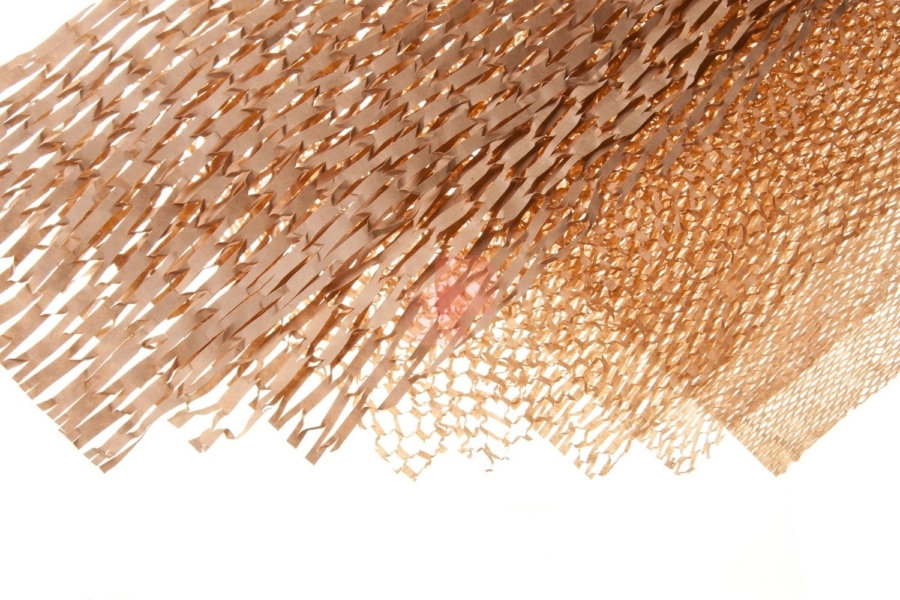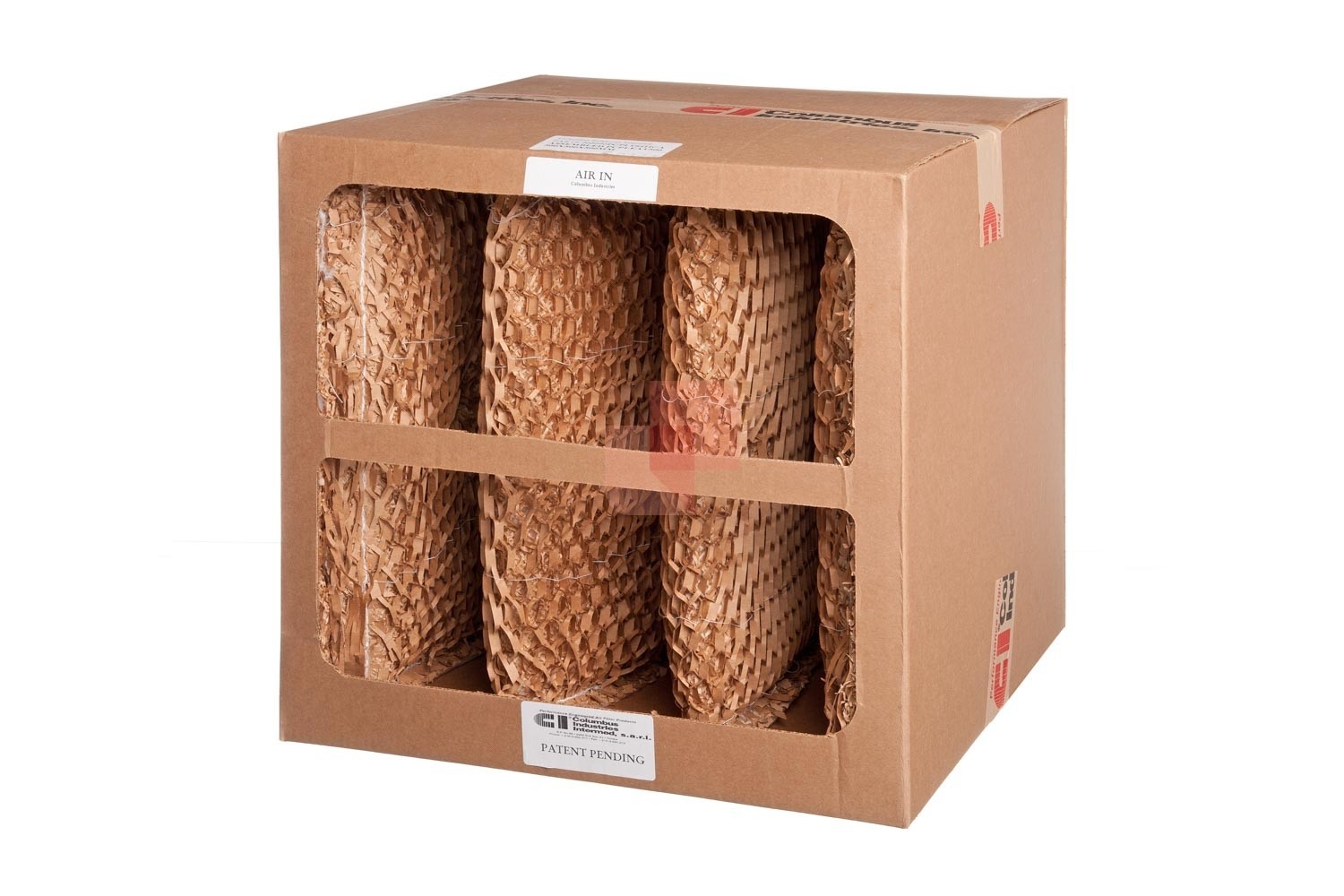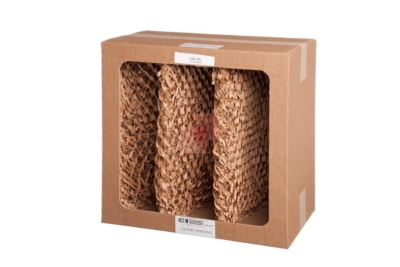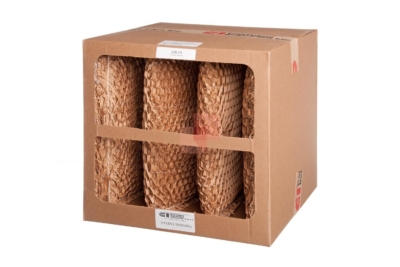PC Pleat HC – 500 mm
With superior holding capacity, high efficiency, and extremely low pressure drop, Columbus Industries’ PC PLEAT takes paint overspray collection to higher levels.
The cube configuration takes advantage of the depth of the suction wall.
In this unique modular configuration in box size 485 x 485 x 500 mm a corrugated multilayer paper filter is inserted in order to obtain a filtering surface four times larger than the frontal area.
This configuration increases the storage capacity of the flat filters per frontal area unit and allows to accumulate up to 20 Kg of paint product per cube.
The high accumulation of paint product on Columbus Raccoglivernice® filters is an important parameter for sizing the average time between two filter changes.
Technical Features
- Code IT
- 159
- Code US
- Label Color
- Pink
- Efficiency
- 84 - 99 %
- Holding Capacity
- 16 kg/m²
- Dimensions
- 48.5 × 50 × 48.5 cm
- Volume
- 0.07 m³
- Weight
- 4.50 kg
Applications
PC PLEAT works at both high and low airflows across different paint mixes, chemistries, and atomizations.
Areas
Air Treatment, Automobile repair shop, Metal Processing, Shipbuilding Industry, Tanning Industry, Wood Industry
Layers

The PC Pleat HCS2 is made of High Capacity Multilayer Collectors featuring the following layers, in the sense of Air Flow:
- HC (High Capacity Layer)
- HC+ (Reverse High Capacity Layer)
- HC (High Capacity Layer)
- L (Large Layer)
- Lx (Large Crossed Layer)
- Lx+ (Large Crossed Layer)
- S (Small Layer)
- MM (Mini-Mesh Layer)
Efficiency & Holding
Overspray collectors are not commodity items and all do not perform equally well on every coating. Specific types of coatings require certain collector designs and performance levels.
The four primary categories used to assess the overall effectiveness of a particular overspray collection system are as follows:
EFFICIENCY (formally known as “arrestance efficiency” or “weight arrestance”)
The average percentage of particulate extracted or collected from the exhaust air. The higher the collector efficiency, the cleaner the exhausted air and spray booth ducts, fan, neighboring properties, plant roof, etc. Higher efficiency lowers booth maintenance costs and, with less buildup, greatly reduces the chance of a duct fire.
AIRFLOW RESISTANCE
The measure of resistance encountered by the particulate-laden air as it passes through the collector. (Generally it is stated in inches of water column, the static pressure required to draw air through the filter.) As the collector begins to load, the resistance increases. The velocity of the air through the booth also influences the initial resistance figures and, therefore, the holding capacity and service life. The importance of proper airflow in overspray collection cannot be overemphasized. The uniformity of airflow and increased efficiency minimizes the amount of overspray deposited where it is not wanted – in difficult to clean areas within the booth, inside of the exhaust duct, on fan blades, plant roof, neighboring properties, parked cars, etc.
HOLDING CAPACITY
The amount (weight) of overspray a collector will hold before its resistance to airflow becomes prohibitive. A collector should be able to hold overspray throughout its entire depth, which is referred to as depth loading.
SERVICE LIFE
The length of time a collector performs effectively in terms of hours or shift periods before the resistance to airflow becomes prohibitive.
—
The performance of the product described in this page varies and is characteristic of each individual installation; it must therefore be measured on the system.
As a guideline, we provide some experimental data:
|
Coating Type
|
Efficiency
|
Holding Capacity
|
|---|---|---|
| Air-dry Enamels | 96 - 98 % | 12 - 20 kg/m² |
| Bake-dry Enamels | 98 - 99 % | 12 - 20 kg/m² |
| High Solids - Enamels | 98 - 99 % | 12 - 20 kg/m² |
| Lacquers - Nitrocellulose | 84 - 87 % | 12 - 20 kg/m² |
Product Line Applications
Rating Legend
- 5 Excellent Performance
- 4 Very good Performance
- 3 Good Performance
- 2 Moderate Performance
- 1 Not Usually Recommended
|
Coating Type
|
Rating
|
|---|---|
| Adhesives | 4 |
| Air-dry Enamels | 4 |
| Asphalts | 4 |
| Bake-dry Enamels | 3 |
| Clear Coats | 3 |
| Epoxies | 4 |
| Fiberglass | 4 |
| Frit | 4 |
| Gel Coats | 4 |
| Glazes - Fillers | 4 |
| High Solids - Enamels | 2 |
| Lacquers - Nitrocellulose | 3 |
| Primers - Air Dry | 4 |
| Sealers | 3 |
| Stains | 4 |
| Tar-like Coatings | 4 |
| Teflon | 4 |
| Urethanes | 4 |
| Vinyls | 4 |
| Waterbornes | 3 |




